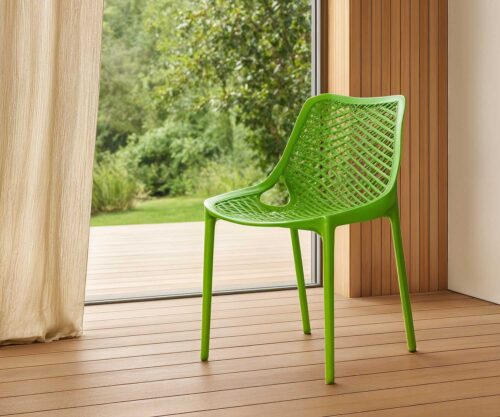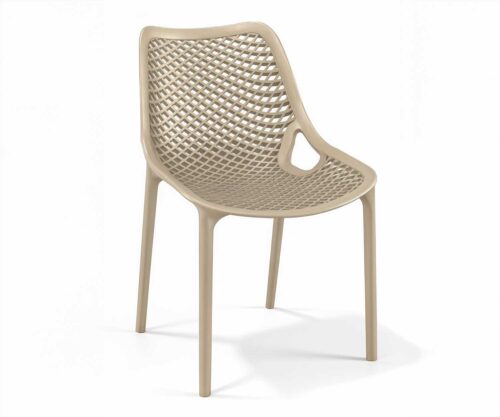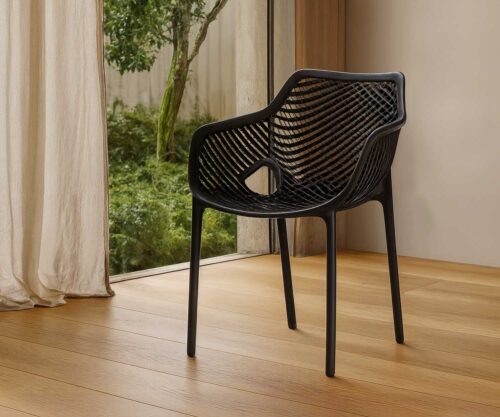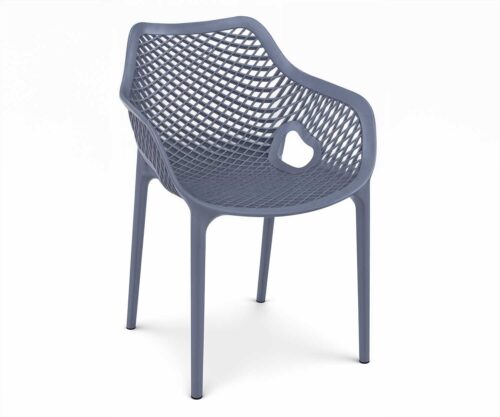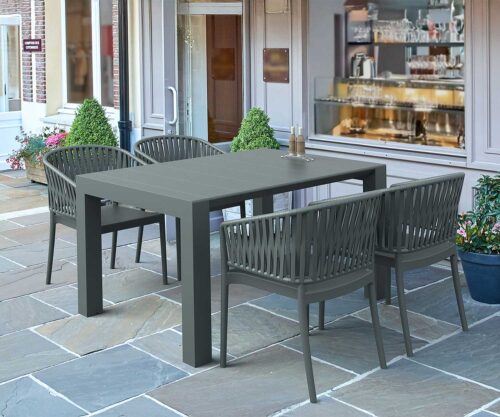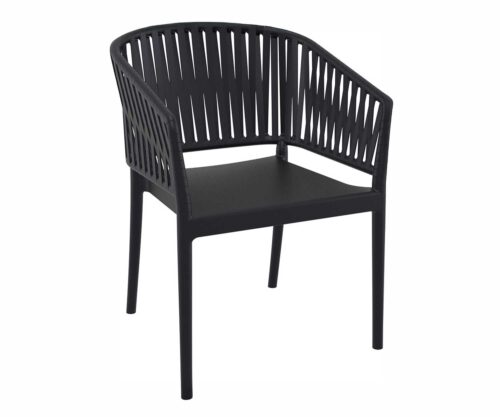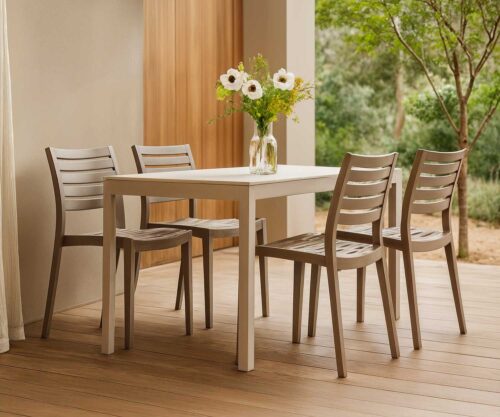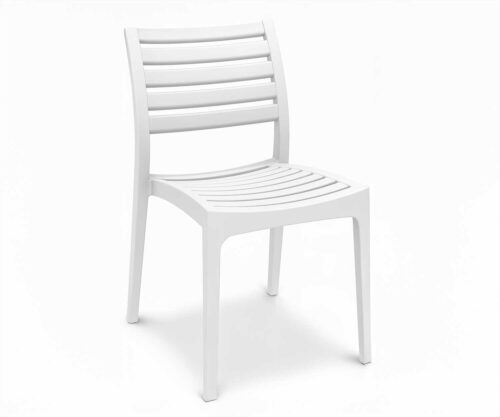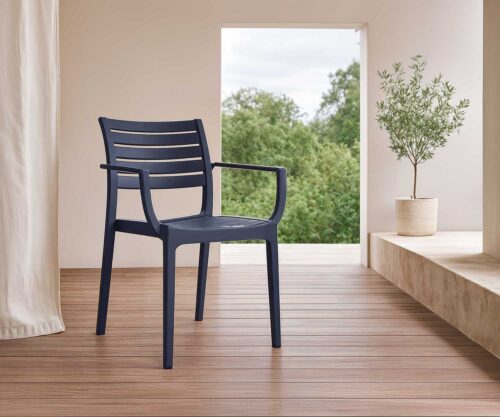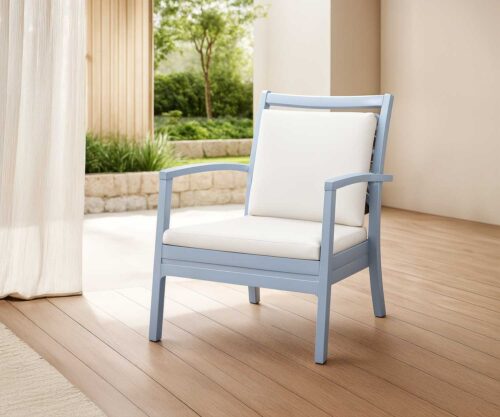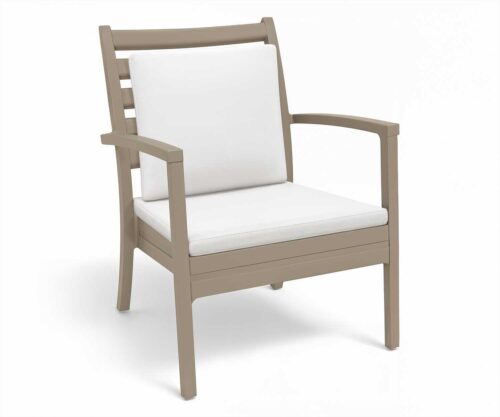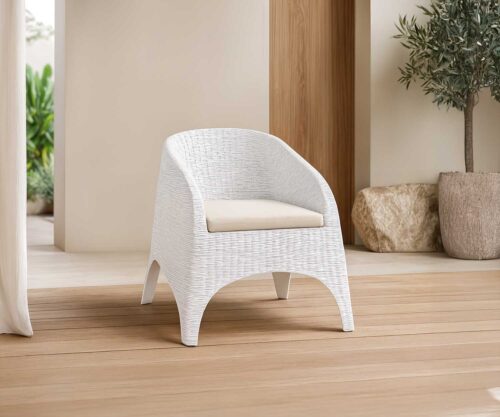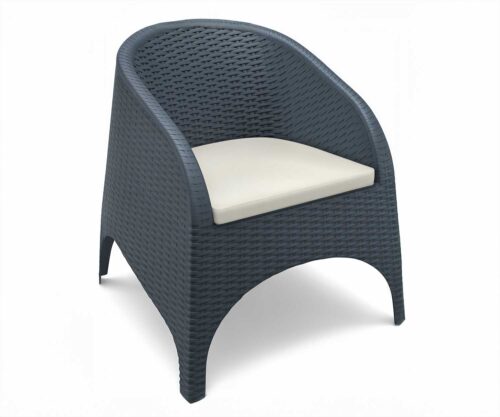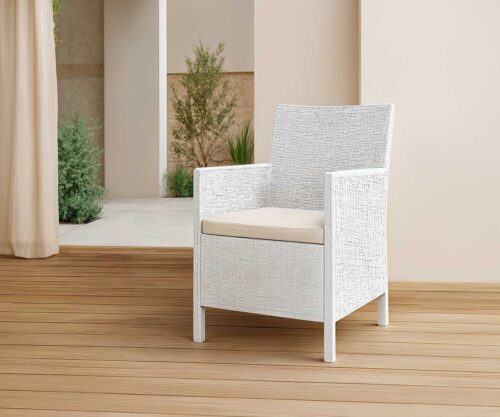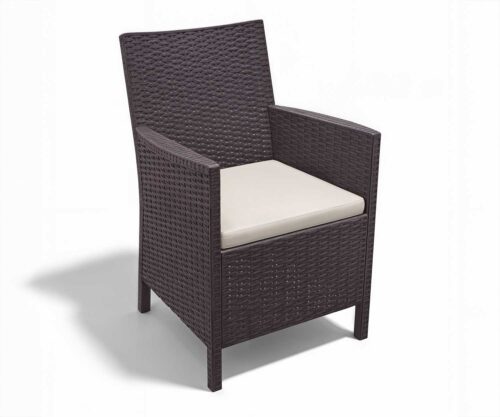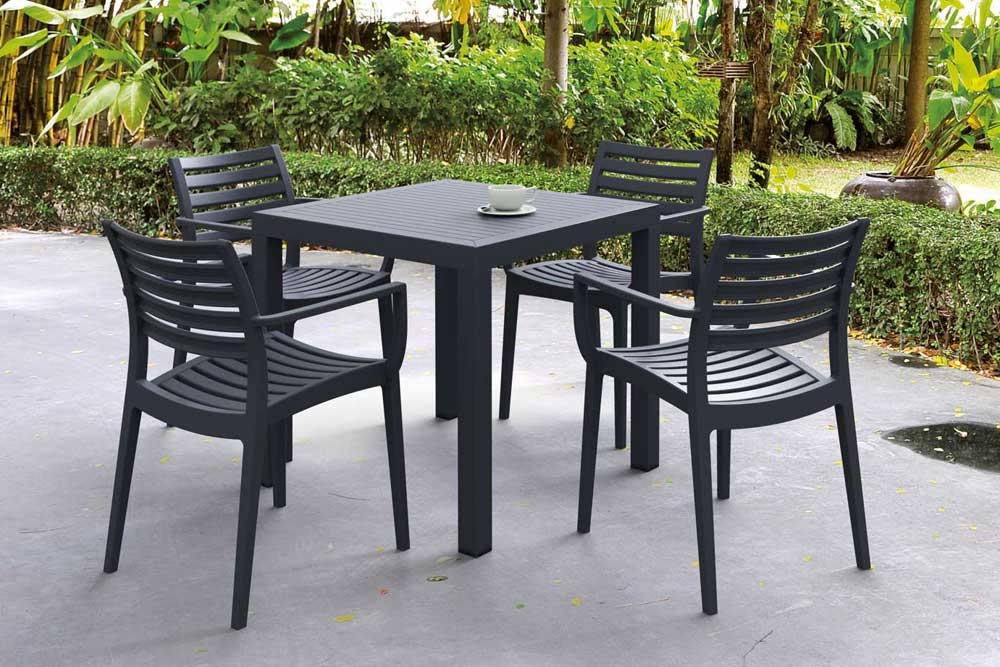Australia’s National Aged Care Design Principles and Guidelines: Design Principle 3 – Access the Outdoors
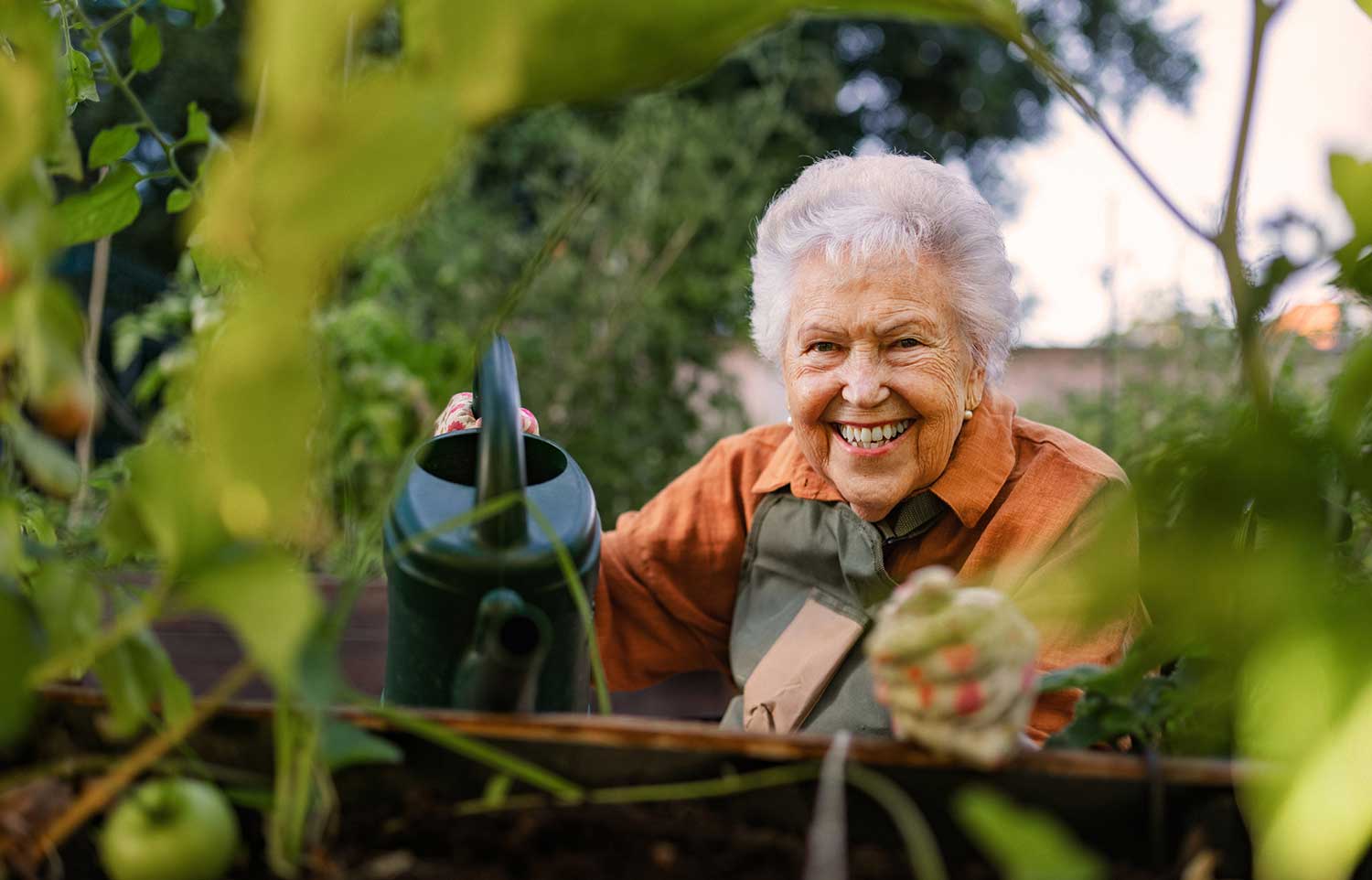
Note: This article continues our series on summarising the Australia’s National Aged Care Design Principles and Guidelines. See also: Design Principle 1 – Enable the Person, Design Principle 2 – Cultivate a Home and Design Principle 4 – Connect with Community.
Imagine living in a world where nature’s beauty is at your doorstep, where gardens and balconies become an extension of your living space. In aged care, this vision is not only possible but also essential for the well-being of residents. Design Principle 3, known as “Access the Outdoors,” is a transformative concept aimed at connecting people with nature and enhancing their quality of life.
In this blog post, we’ll explore the key objectives and guidelines behind this principle, shedding light on the importance of creating accessible outdoor spaces in aged care environments.
Objective: Connecting with Nature for Health and Well-being
The primary objective of Design Principle 3 is simple yet profound: to support people in seeing, accessing, and spending time outdoors in contact with nature. It’s a principle grounded in extensive research that links outdoor access to a myriad of health, psychological, and social benefits. From maintaining fitness to regulating circadian rhythms, improving bone density, fostering social interaction, boosting vitamin D levels, reducing falls, and enhancing overall outlook on life—outdoor exposure provides a wealth of advantages that can’t be replicated elsewhere.
The Barrier to Outdoor Bliss: Mobility and Risk Aversion
Traditionally, residents in care homes spend very little time outdoors, and this is attributed to a range of factors. Reduced mobility and independence often hinder residents from venturing outside, but perhaps the most significant barrier is a culture of risk aversion. Staff practices play a pivotal role in determining whether residents utilize outdoor spaces. Concerns about safety often overshadow the benefits of outdoor access, but it’s crucial to understand that the risks of avoiding the outdoors far outweigh those encountered outdoors.
The Path to Success: A Clear Model of Care and Thoughtful Design
The journey towards enabling outdoor access begins with a clear model of care that encourages daily outdoor engagement. Staff need to know that residents should go outside, and strategies for managing associated risks must be in place. The physical environment also plays a vital role in shaping outdoor experiences. The following guidelines work in tandem to achieve this goal:
1. Dedicated Outdoors (Guideline 3.1)
Each household benefits from a personalized garden or balcony—an extension of their living space. These spaces should be safe, accommodating, and designed to support meaningful engagement.
2. Garden Connections (Guideline 3.2)
Ensuring good lines of sight and access between living areas and the outdoors is essential. This involves addressing safety concerns, making doors easily operable by residents, and maximizing visibility.
3. Garden Verandahs (Guideline 3.3)
Sheltered areas located just outside resident living areas provide opportunities for relaxation and socialization. They should comfortably accommodate small groups.
4. Garden Destinations (Guideline 3.4)
Outdoor spaces should cater to various resident interests, from morning tea and gardening to sports and animal tending. A well-planned layout, suitable furniture, and upkeep are essential.
5. Clear Paths (Guideline 3.5)
Garden paths should be straightforward, slip-resistant, and clutter-free. Adequate seating should be available at regular intervals, accommodating residents with varying levels of mobility.
6. Nature Indoors (Guideline 3.6)
Integrating indoor planting, fish tanks, pets, and large windows into aged care homes helps residents maintain a connection with nature even while indoors.
By embracing these guidelines and fostering an environment that encourages outdoor engagement, aged care facilities can create a harmonious blend of indoor and outdoor spaces that enhance the well-being of their residents. It’s a transformation that brings the beauty of nature to the doorstep, enriching lives and nurturing the soul.
FAQs About the Importance of Aged Care Residents Connecting with Nature
Why is it important for aged care residents to connect with nature?
Connecting with nature is essential for aged care residents as it promotes physical and mental well-being, reduces stress, and enhances overall quality of life.
What are the specific benefits of nature connection for elderly individuals in aged care facilities?
Benefits include improved mood, increased social interaction, enhanced cognitive function, and opportunities for physical activity, all of which contribute to a healthier and more fulfilling life.
How can exposure to nature positively impact the mental health of aged care residents?
Exposure to nature has been shown to reduce symptoms of depression, anxiety, and agitation among aged care residents, promoting a sense of calm and relaxation.
Are there specific programs or initiatives to facilitate nature connection for elderly individuals in aged care?
Yes, many aged care facilities offer nature-based programs, such as gardening, outdoor walks, or nature-themed activities, to provide residents with regular opportunities to connect with the natural environment.
Can connecting with nature contribute to the physical health of aged care residents?
Yes, exposure to nature can encourage physical activity, boost vitamin D levels through sunlight exposure, and provide a supportive environment for rehabilitation and mobility exercises.
How can aged care facilities incorporate nature into their design to benefit residents?
Aged care facilities can incorporate nature by creating accessible outdoor spaces, incorporating gardens and greenery, and ensuring that residents have opportunities for outdoor activities.
What role does nature connection play in fostering social interactions among aged care residents?
Nature connection provides a conducive setting for socializing, whether through group walks, gardening clubs, or outdoor events, promoting a sense of community among residents.
Can nature connection be beneficial for residents with cognitive impairments, such as dementia?
Yes, nature connection has shown positive effects on residents with cognitive impairments, including reducing agitation, improving mood, and providing a familiar and soothing environment.
How can family members contribute to fostering nature connection for their loved ones in aged care?
Family members can contribute by advocating for accessible outdoor spaces, bringing nature-themed activities or items during visits, and encouraging participation in nature-based programs.
Are there challenges to incorporating nature connection in aged care, and how can they be addressed?
Challenges may include limited outdoor space or mobility issues. Facilities can address these challenges by creating indoor nature spaces, bringing nature indoors, or providing assisted outdoor activities for residents with mobility constraints.
Australian Made Furniture that Follows the Australian National Aged Care Design Principles and Guidelines
Aged care outdoor chairs should be both supportive (Guideline 1.9 – Supportive Seating) and appropriate (Guideline 2.8 – Appropriate Furniture).
More News
Australia’s National Aged Care Design Principles and Guidelines: Design Principle 3 – Access the Outdoors

Note: This article continues our series on summarising the Australia’s National Aged Care Design Principles and Guidelines. See also: Design Principle 1 – Enable the Person, Design Principle 2 – Cultivate a Home and Design Principle 4 – Connect with Community.
Imagine living in a world where nature’s beauty is at your doorstep, where gardens and balconies become an extension of your living space. In aged care, this vision is not only possible but also essential for the well-being of residents. Design Principle 3, known as “Access the Outdoors,” is a transformative concept aimed at connecting people with nature and enhancing their quality of life.
In this blog post, we’ll explore the key objectives and guidelines behind this principle, shedding light on the importance of creating accessible outdoor spaces in aged care environments.
Objective: Connecting with Nature for Health and Well-being
The primary objective of Design Principle 3 is simple yet profound: to support people in seeing, accessing, and spending time outdoors in contact with nature. It’s a principle grounded in extensive research that links outdoor access to a myriad of health, psychological, and social benefits. From maintaining fitness to regulating circadian rhythms, improving bone density, fostering social interaction, boosting vitamin D levels, reducing falls, and enhancing overall outlook on life—outdoor exposure provides a wealth of advantages that can’t be replicated elsewhere.
The Barrier to Outdoor Bliss: Mobility and Risk Aversion
Traditionally, residents in care homes spend very little time outdoors, and this is attributed to a range of factors. Reduced mobility and independence often hinder residents from venturing outside, but perhaps the most significant barrier is a culture of risk aversion. Staff practices play a pivotal role in determining whether residents utilize outdoor spaces. Concerns about safety often overshadow the benefits of outdoor access, but it’s crucial to understand that the risks of avoiding the outdoors far outweigh those encountered outdoors.
The Path to Success: A Clear Model of Care and Thoughtful Design
The journey towards enabling outdoor access begins with a clear model of care that encourages daily outdoor engagement. Staff need to know that residents should go outside, and strategies for managing associated risks must be in place. The physical environment also plays a vital role in shaping outdoor experiences. The following guidelines work in tandem to achieve this goal:
1. Dedicated Outdoors (Guideline 3.1)
Each household benefits from a personalized garden or balcony—an extension of their living space. These spaces should be safe, accommodating, and designed to support meaningful engagement.
2. Garden Connections (Guideline 3.2)
Ensuring good lines of sight and access between living areas and the outdoors is essential. This involves addressing safety concerns, making doors easily operable by residents, and maximizing visibility.
3. Garden Verandahs (Guideline 3.3)
Sheltered areas located just outside resident living areas provide opportunities for relaxation and socialization. They should comfortably accommodate small groups.
4. Garden Destinations (Guideline 3.4)
Outdoor spaces should cater to various resident interests, from morning tea and gardening to sports and animal tending. A well-planned layout, suitable furniture, and upkeep are essential.
5. Clear Paths (Guideline 3.5)
Garden paths should be straightforward, slip-resistant, and clutter-free. Adequate seating should be available at regular intervals, accommodating residents with varying levels of mobility.
6. Nature Indoors (Guideline 3.6)
Integrating indoor planting, fish tanks, pets, and large windows into aged care homes helps residents maintain a connection with nature even while indoors.
By embracing these guidelines and fostering an environment that encourages outdoor engagement, aged care facilities can create a harmonious blend of indoor and outdoor spaces that enhance the well-being of their residents. It’s a transformation that brings the beauty of nature to the doorstep, enriching lives and nurturing the soul.
FAQs About the Importance of Aged Care Residents Connecting with Nature
Why is it important for aged care residents to connect with nature?
Connecting with nature is essential for aged care residents as it promotes physical and mental well-being, reduces stress, and enhances overall quality of life.
What are the specific benefits of nature connection for elderly individuals in aged care facilities?
Benefits include improved mood, increased social interaction, enhanced cognitive function, and opportunities for physical activity, all of which contribute to a healthier and more fulfilling life.
How can exposure to nature positively impact the mental health of aged care residents?
Exposure to nature has been shown to reduce symptoms of depression, anxiety, and agitation among aged care residents, promoting a sense of calm and relaxation.
Are there specific programs or initiatives to facilitate nature connection for elderly individuals in aged care?
Yes, many aged care facilities offer nature-based programs, such as gardening, outdoor walks, or nature-themed activities, to provide residents with regular opportunities to connect with the natural environment.
Can connecting with nature contribute to the physical health of aged care residents?
Yes, exposure to nature can encourage physical activity, boost vitamin D levels through sunlight exposure, and provide a supportive environment for rehabilitation and mobility exercises.
How can aged care facilities incorporate nature into their design to benefit residents?
Aged care facilities can incorporate nature by creating accessible outdoor spaces, incorporating gardens and greenery, and ensuring that residents have opportunities for outdoor activities.
What role does nature connection play in fostering social interactions among aged care residents?
Nature connection provides a conducive setting for socializing, whether through group walks, gardening clubs, or outdoor events, promoting a sense of community among residents.
Can nature connection be beneficial for residents with cognitive impairments, such as dementia?
Yes, nature connection has shown positive effects on residents with cognitive impairments, including reducing agitation, improving mood, and providing a familiar and soothing environment.
How can family members contribute to fostering nature connection for their loved ones in aged care?
Family members can contribute by advocating for accessible outdoor spaces, bringing nature-themed activities or items during visits, and encouraging participation in nature-based programs.
Are there challenges to incorporating nature connection in aged care, and how can they be addressed?
Challenges may include limited outdoor space or mobility issues. Facilities can address these challenges by creating indoor nature spaces, bringing nature indoors, or providing assisted outdoor activities for residents with mobility constraints.
Australian Made Furniture that Follows the Australian National Aged Care Design Principles and Guidelines
Aged care outdoor chairs should be both supportive (Guideline 1.9 – Supportive Seating) and appropriate (Guideline 2.8 – Appropriate Furniture).
Commercial furniture by room
Based in Brisbane, we’re an Australian manufacturer of aged care furniture, retirement living furniture, hospital & healthcare furniture, hotel & accommodation furniture and student accommodation furniture. We also supply a range of commercial office furniture.
Discover the FHG Look Book: Your Source of Inspiration for Quality Australian-Made Commercial Furniture
- Quality Craftsmanship: See why we’ve been a trusted partner for over 25 years.
- Local Excellence: Learn how our Brisbane team ensures the highest standards.
- Inspiration and Ideas: Find innovative furniture solutions for any environment.
Don’t miss the opportunity to transform your commercial space with FHG’s expertly crafted furniture. Download the FHG Look Book today and start your journey towards exceptional design and quality.

